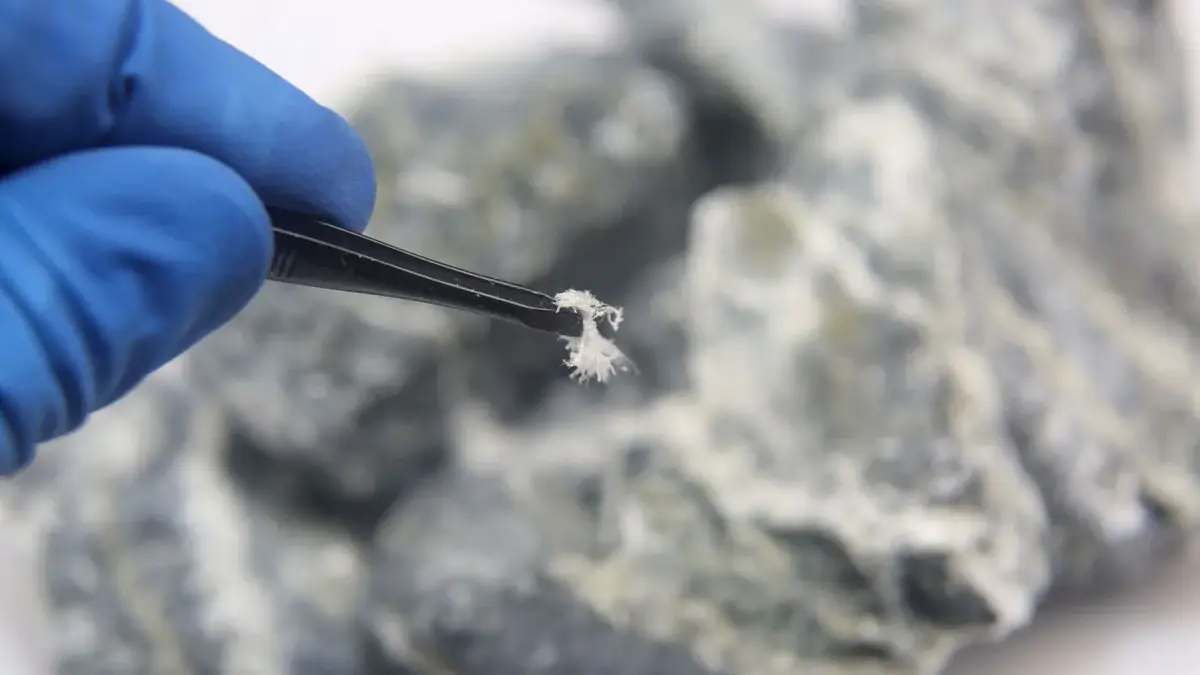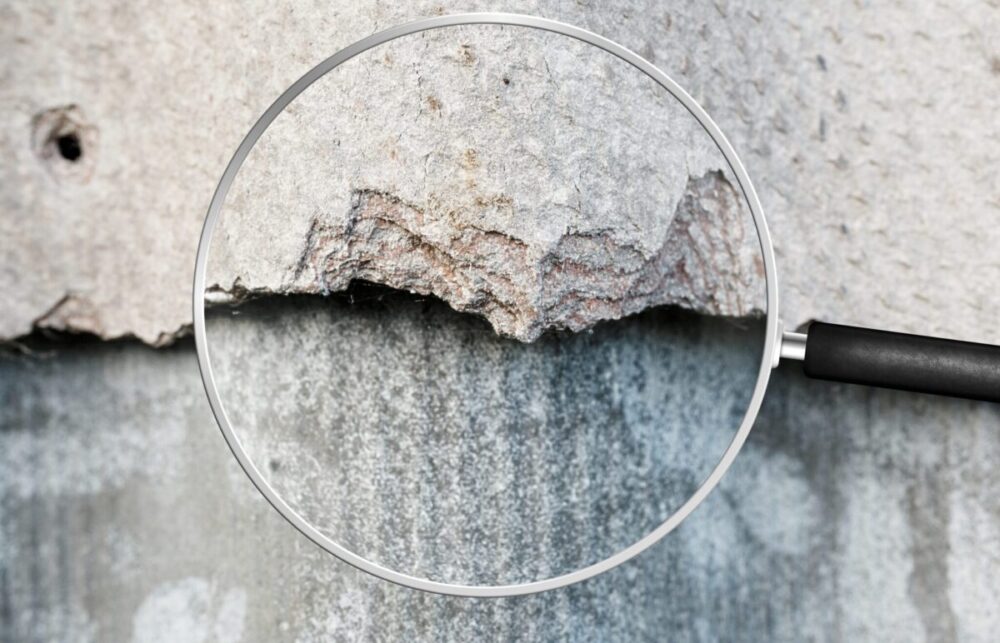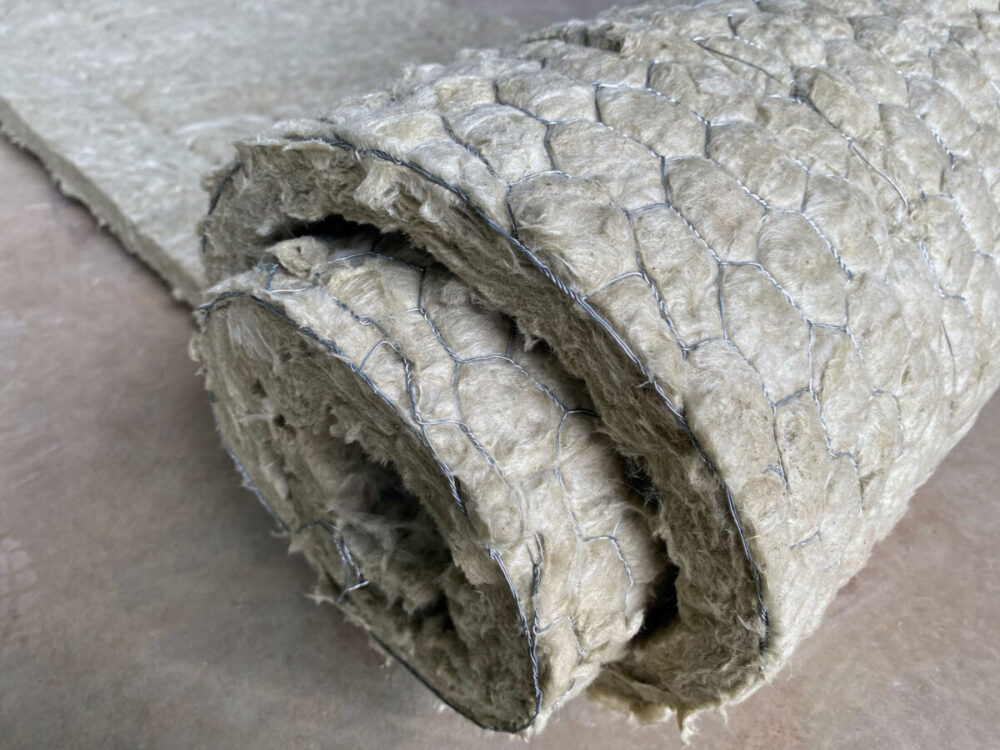When you think about home safety, asbestos probably doesn’t top your list. It’s not as dramatic as a burst pipe or a fire alarm going off, but it can be just as dangerous—if not more. It hides in plain sight, quietly threatening your health. But how can you tell if it’s a problem in your home? Let’s break it down and get to the point.
Key Points:
- Learn what asbestos is and why it’s harmful.
- Find out where it could be hiding.
- Know when and why to call professionals.
- Tips for preventing exposure.
What Is Asbestos and Why Is It a Big Deal?

Source: aem.com.tr
Asbestos is like that one person at a party who overstays their welcome. Once upon a time, it was everywhere—insulation, tiles, pipes, you name it. People loved it for being fireproof and durable. Then came the bad news: prolonged exposure causes serious health problems. The fibers can get into your lungs and lead to conditions like asbestosis or even cancer.
The issue? You can’t see it or smell it. These fibers are tiny, silent intruders that can linger in older houses, waiting to stir up trouble.
Where Could Asbestos Be Lurking?
If your home was built before the 1980s, it might still have materials containing asbestos. Key suspects include:
- Ceiling Tiles: Those textured ceilings might look harmless, but they could hide asbestos.
- Insulation: Old insulation, especially around pipes or boilers, often contained this material.
- Floor Tiles: That retro look could come with a health risk. Check older vinyl tiles and adhesives.
- Roofing Materials: Shingles, felt, or even siding could be culprits.
If you’re unsure, avoid poking around. Disturbing asbestos can release dangerous fibers into the air. Professional asbestos testing is the best way to confirm if your space is safe. You can schedule it with experts like Germ Masters to eliminate doubts.
Signs You Might Have an Asbestos Problem

Source: nytdr.com
You won’t spot it just by looking. However, there are clues that suggest you should investigate further. Watch out for:
- Damaged Building Materials: Crumbling insulation, broken tiles, or deteriorating drywall could contain it.
- Unexplained Dust: If dust seems to keep appearing in specific areas, it might indicate damaged asbestos-containing materials.
- Construction History: If your home predates the 1980s and hasn’t had major renovations, it could still have asbestos lurking in the walls or attic.
Steps to Handle an Asbestos Problem
Ignoring this problem doesn’t make it go away. Take action if you suspect its presence:
- Don’t Disturb It: Leave any questionable materials alone.
- Call the Experts: Testing is critical. Only professionals can accurately identify and resolve this.
- Plan for Removal: If it is found, licensed specialists can remove it safely.
- Avoid DIY Fixes: Don’t try to scrape, sand, or cut any materials. It’s not worth the risk.
Preventing Asbestos Issues
Once you’ve handled any asbestos in your house, staying vigilant helps keep things safe. Follow these tips to avoid future problems:
- Regularly check for damage in older materials.
- Seal or encapsulate materials containing asbestos if removal isn’t possible.
- Schedule professional inspections every few years for peace of mind.
How Asbestos Affects Your Health

Source: oracleasbestos.com
Exposure to this material doesn’t cause immediate symptoms, which is why it’s often called a silent threat. The tiny fibers can lodge in your lungs over time, causing inflammation and scarring. Prolonged exposure increases the risk of serious illnesses, including mesothelioma, a rare but aggressive cancer. Even asbestosis, a chronic lung disease, can develop after years of exposure.
What makes it especially concerning is how symptoms take decades to appear. By the time health problems arise, the damage is often irreversible. This delayed impact highlights the importance of early detection and professional removal to prevent exposure. Protecting your health begins with awareness and action.
When Should You Call for Help?
Knowing when to involve experts is essential. If your home was built before the 1980s and materials look damaged or worn, it’s time to call for an inspection. Disturbing potentially hazardous materials without knowing what you’re dealing with can release dangerous fibers into the air. Even minor renovations can stir up problems if asbestos is present.
Professional testing isn’t just about identifying asbestos; it’s about giving you a clear plan for removal or containment.
FAQs
1. Can I tell if something contains asbestos by looking at it?
No. Asbestos fibers are microscopic. Only professional testing can confirm its presence.
2. Is it dangerous to live in a house with asbestos?
Not necessarily. It is only harmful if it’s disturbed or damaged, which can release fibers into the air.
3. How much does asbestos testing cost?
The cost varies based on the size of the property and the extent of testing required. Consult local professionals for specific quotes.
4. Can I remove asbestos myself?
No. Removal requires specialized equipment and training. Attempting DIY removal can be dangerous.
5. How long does asbestos removal take?
It depends on the scope of work. Small areas might take a day, while larger projects could take several days.
Wrapping Up
Asbestos might not seem urgent at first glance, but the risks it poses are significant and shouldn’t be underestimated. Ignoring the problem doesn’t make it go away, and disturbing materials that contain asbestos can release fibers that are hazardous to your health.
Prevention plays a crucial role in long-term safety. Regular inspections, monitoring old materials for damage, and opting for professional testing when in doubt are practical steps to protect yourself and your loved ones. Handling asbestos isn’t a DIY project—specialized equipment and expertise are necessary to keep exposure risks at bay. By taking action now, you’re not just preserving your health but also creating a safer environment. Don’t let asbestos linger unnoticed—peace of mind is always worth the effort.













